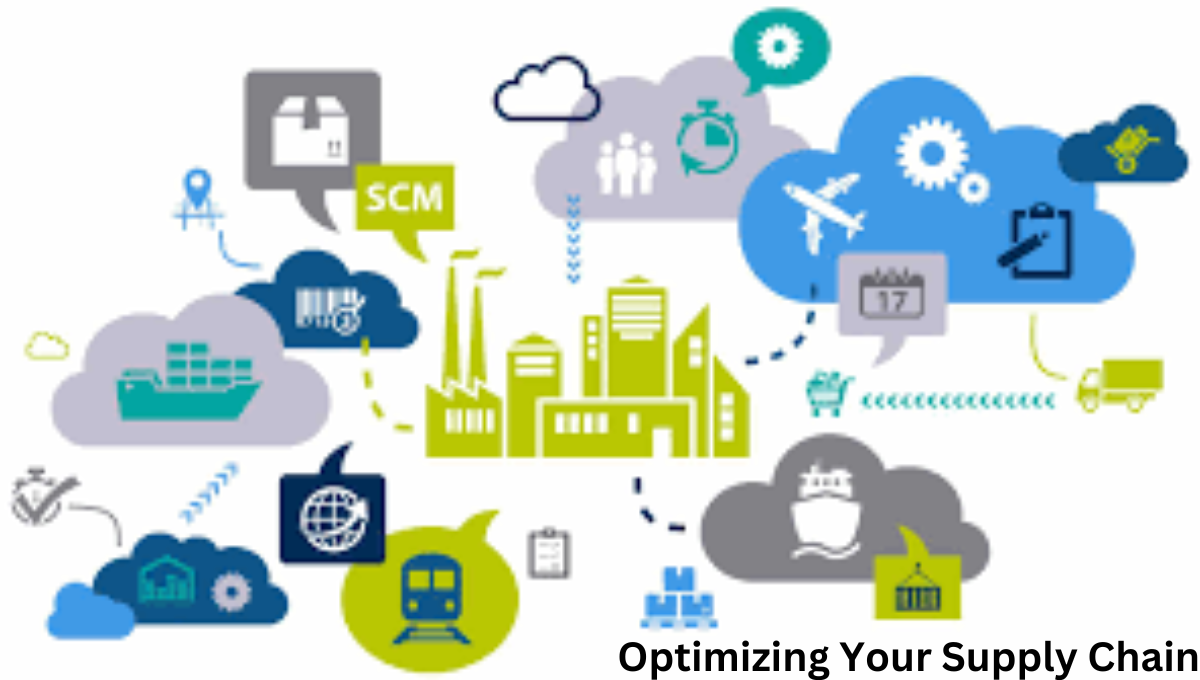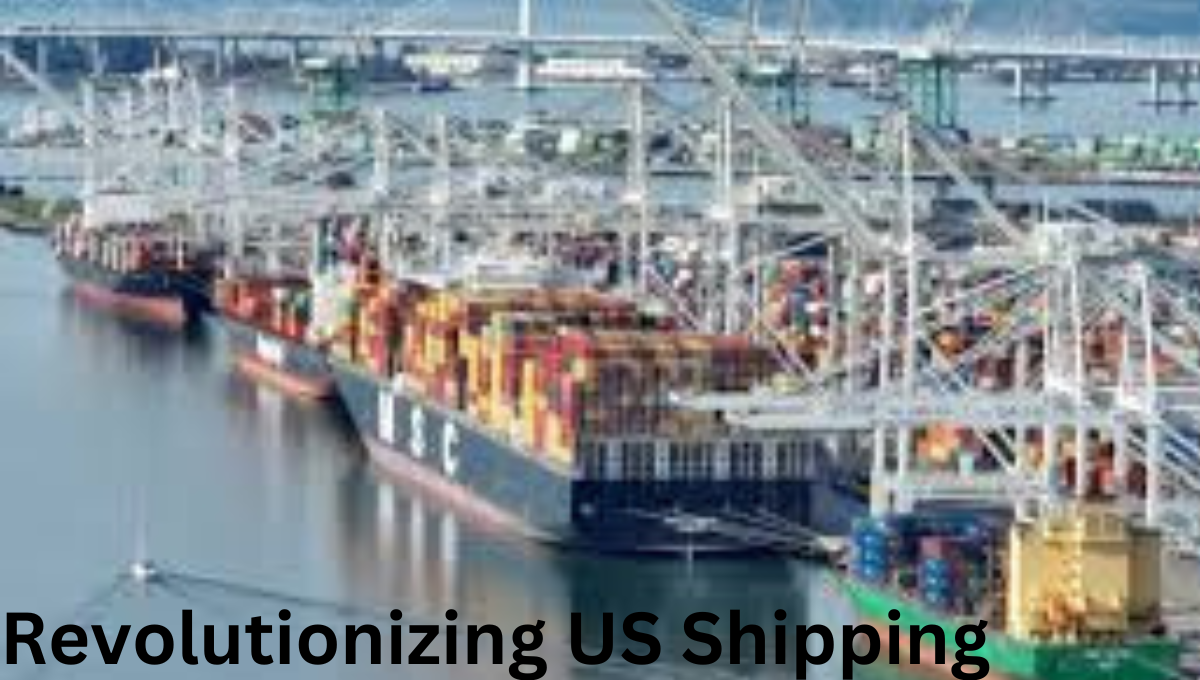How to Check Call History of Any Mobile Number
In India, many people still rely on phone calls for communication despite the growing popularity of texting, apps, and social media. Whether it’s for personal reasons like protecting children or ensuring loyalty in relationships or professional reasons like monitoring employee productivity, tracking call history can be useful. Here’s an easy guide on how to check … Read more


